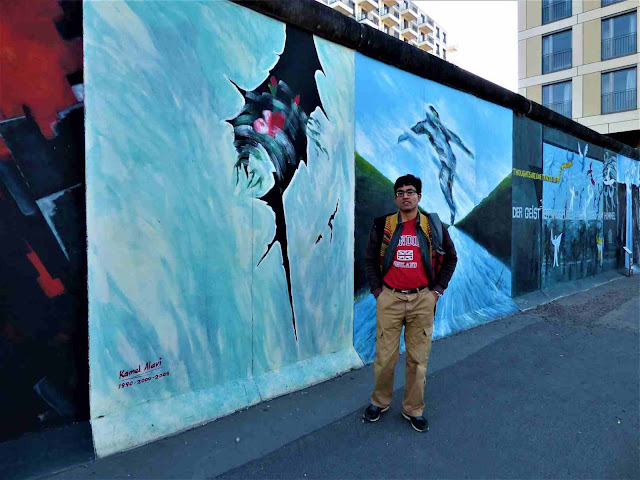Old Palace is also lovely
Tapestries are AWESOME
Red damask silk wall covering
Over here is the Porcelain Cabinet in the Old Palace, a room dedicated to a large historic porcelain collection
Chapel
Tapestries are AWESOME
Red damask silk wall covering
Over here is the Porcelain Cabinet in the Old Palace, a room dedicated to a large historic porcelain collection
Chapel
There are special exhibits, including the Crown Jewels and other royal items.
The Silver Vault includes quite stunning tableware of gold, silver, glass and porcelain displayed on laid tables. Around 100 table services have survived intact, a vivid reminder of the magnificence of dining at court.
The Belvedere Teahouse has a fine collection of Berlin porcelain.
The display of personal treasures, such as the elaborated designed, exquisite snuffboxes collected by Friedrich the Great, is impressive
Ivory
These are the King's apartments which we almost missed... the routing is complicated... some times we need to push open seemingly closed doors. This portion we luckily got to after seeing some people exiting and asking a docent to guide us to the entrance
Last as the gardens...
We thoroughly enjoyed the visit. We then returned to our hotel. We desperately wanted to see a bit of the Berlin wall remnant.
We took bus no 147 from near our hotel at the hauptbahnhof and got down at Ostbahnhof. After a little confusion and taking another bus onward, we saw the wall and retraced. Got down at the historic spot.
We took bus no 147 from near our hotel at the hauptbahnhof and got down at Ostbahnhof. After a little confusion and taking another bus onward, we saw the wall and retraced. Got down at the historic spot.
BERLINER MAUER:
Constructed by the German Democratic Republic (GDR, East Germany), starting on 13 August 1961, the Wall cut off (by land) West Berlin from virtually all of surrounding East Germany and East Berlin until government officials opened it in November 1989.
The barrier included guard towers placed along large concrete walls,accompanied by a wide area (later known as the "death strip") that contained anti-vehicle trenches, "fakir beds" and other defenses.
The Eastern Bloc portrayed the Wall as protecting its population from fascist elements conspiring to prevent the "will of the people" in building a socialist state in East Germany. GDR authorities officially referred to the Berlin Wall as the Anti-Fascist Protection Rampart (German: Antifaschistischer Schutzwall). The West Berlin city government sometimes referred to it as the "Wall of Shame"
The barrier included guard towers placed along large concrete walls,accompanied by a wide area (later known as the "death strip") that contained anti-vehicle trenches, "fakir beds" and other defenses.
The Eastern Bloc portrayed the Wall as protecting its population from fascist elements conspiring to prevent the "will of the people" in building a socialist state in East Germany. GDR authorities officially referred to the Berlin Wall as the Anti-Fascist Protection Rampart (German: Antifaschistischer Schutzwall). The West Berlin city government sometimes referred to it as the "Wall of Shame"
Most of the Berlin Wall was knocked down in 1989. One of the parts that was preserved is a 1.3 km stretch that was transformed into the East Side Gallery, the longest open-air art gallery in the world.
The open-air art gallery on the banks of the Spree in Friedrichshain is the longest continuous section of the Berlin Wall still in existence. Immediately after the wall came down, 118 artists from 21 countries began painting the East Side Gallery, and it officially opened as an open air gallery on 28 September 1990. Just over a year later, it was given protected memorial status.


Some of the works at the East Side Gallery are particularly popular, such as Dmitri Vrubel’s Fraternal Kiss (which we could not see!) and “Berlin Wall Trabant” that shows a Trabant, the typical East German car crashing through the wall.
The open-air art gallery on the banks of the Spree in Friedrichshain is the longest continuous section of the Berlin Wall still in existence. Immediately after the wall came down, 118 artists from 21 countries began painting the East Side Gallery, and it officially opened as an open air gallery on 28 September 1990. Just over a year later, it was given protected memorial status.


Some of the works at the East Side Gallery are particularly popular, such as Dmitri Vrubel’s Fraternal Kiss (which we could not see!) and “Berlin Wall Trabant” that shows a Trabant, the typical East German car crashing through the wall.
We enjoyed the gallery. Then took the same bus back to our hotel. Next day we were taking the 6.45 am train to Munich.
We were very happy with the top notch sights we had enjoyed in Berlin as well its surrounds and slept off happily.
Report on Munich continues here:











































































































































No comments:
Post a Comment